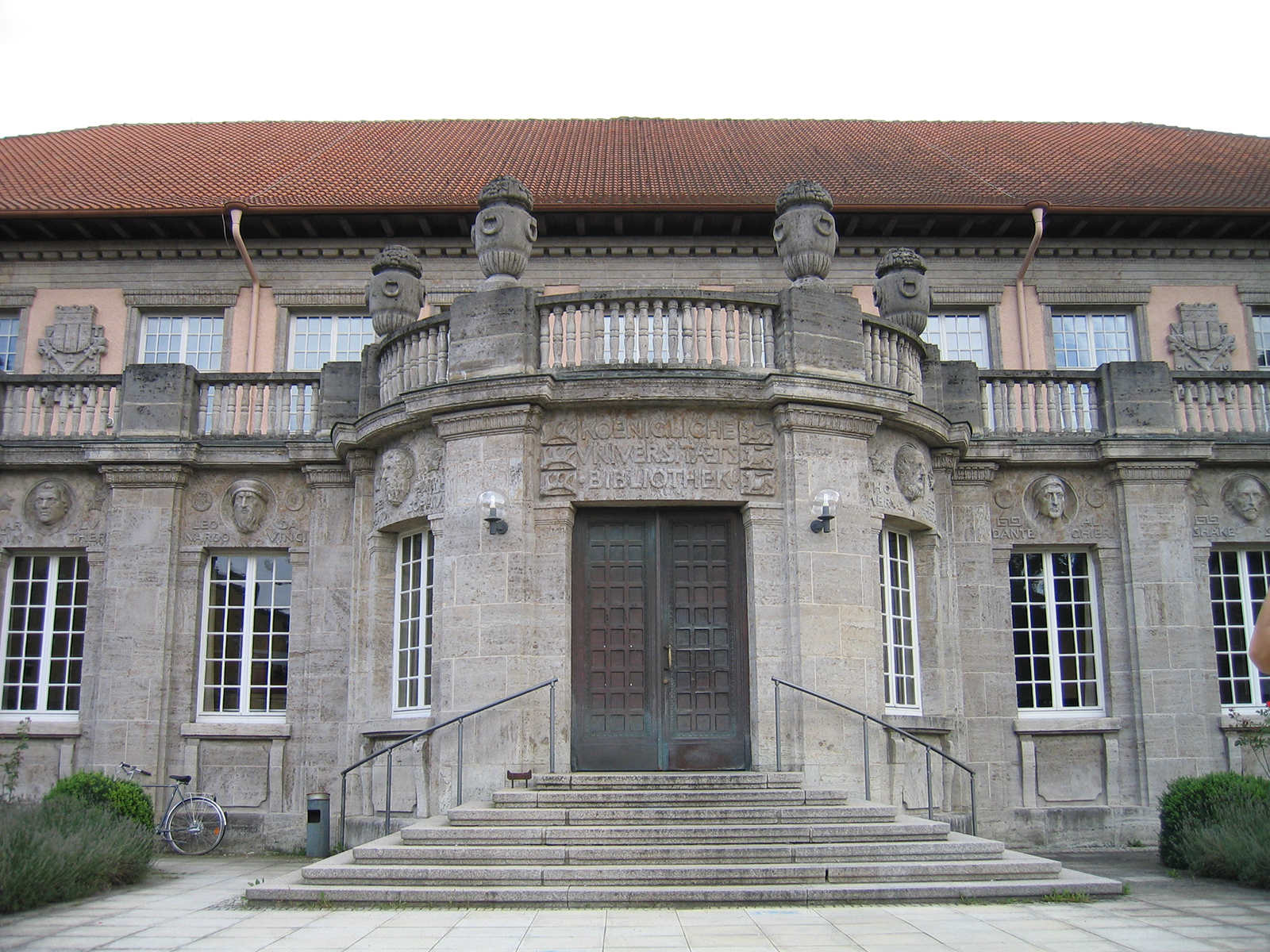University of Tübingen: Gold from Troy, Poliochni and Ur had the same origin
The gold in objects from Troy, Poliochni – a settlement on the island of Lemnos, about 60 kilometers off Troy – and Mesopotamian Ur has the same geographic origin and was traded over long distances. This is the finding of an international team of researchers who, for the first time, analyzed samples of famous Early Bronze Age jewelery from Troia and Poliochni using an innovative mobile laser method. The findings were published in the Journal of Archaeological Science .
The study was authored by Ernst Pernicka, Scientific Director of the Curt Engelhorn Center for Archaeometry (CEZA) at the Reiss-Engelhorn Museums in Mannheim and head of the Troia Project at the University of Tübingen, and Barbara Horejs, Director of the Austrian Archaeological Institute at the Austrian Academy of Sciences in Vienna initiated. Her international team included scientists and archaeologists from the Curt Engelhorn Center for Archaeometry, the Austrian Archaeological Institute in Vienna (ÖAI) and the National Archaeological Museum in Athens.
Ever since Heinrich Schliemann found the “Treasure of Priam” in Troia in 1873, the mystery of the origin of the gold has remained unsolved. Professor Pernicka and the international team have now been able to prove that it came from so-called secondary deposits such as rivers and that its chemical composition is on the one hand identical to that of gold objects from the settlement of Poliochni on Lemnos and from the royal tombs in Mesopotamian Ur, but on the other hand also to that of Objects from Georgia. “So there must have been trade links between these far-flung regions,” Pernicka said.
The study was made possible by a handheld laser (pLA), which allowed the team to minimally invasively extract specimens from jewelry at the National Archaeological Museum in Athens. The museum’s necklaces, pendants, earrings and chokers are so precious that they may not be transported to a laboratory or examined in any way that would leave visible damage to the objects. The methods available so far have failed because of at least one of these obstacles. The handheld laser, on the other hand, melts a hole so small in the pieces that the naked eye cannot see it for on-site sampling at the museum. Pernicka and his team were then able to use mass spectrometry to examine the composition of the samples at the Curt Engelhorn Center for Archaeometry in Mannheim.
In addition to gold, historical gold jewelery always contains other elements such as silver, copper, tin, palladium and platinum. Depending on the alloy, scientists can create a clear chemical profile of the finds and draw conclusions from them. The high concentrations of tin, palladium and platinum in Troy jewelry are a clear indication that the gold used for them was washed from a river in the form of gold dust. The researchers were also able to prove that workshops produced jewelry in series and not just as individual pieces. For example, there is no other explanation for the identical proportion of platinum and palladium in the gold flakes of necklaces of the same design that were found in different places.
In total, the research team examined 61 artifacts, all dating from the Early Bronze Age between 2,500 and 2,000 BC. come from. The famous “Treasure of Priam”, which Schliemann had wrongly attributed to the mythical king of Troy from the Iliad, also belongs to this period.
The origin of the gold from the royal tombs of Ur had also been discussed in the professional world for decades. There are no natural gold deposits in Mesopotamia – which is why western Anatolia, where Troia was also located, has been suspected as a possible region of origin. “But there are other regions that can be considered, in which there is evidence of lively trade relations with Ur,” says Pernicka. In the early Bronze Age, strikingly similar objects were used in a large geographical area from the Aegean to the Indus Valley in present-day Pakistan, as archaeological comparative studies show: official seals and standardized weights, earrings with the same spiral patterns, gemstones such as lapis lazuli or the orange-white shimmering one carnelian
However, the researchers have not yet been able to unequivocally clarify the exact origin of the Troia gold, says Pernicka: “If we look at the proportion of trace elements in the gold from Troia, Poliochni and Ur, then Bronze Age gold from Georgia shows the greatest agreement with the named sites. However, we still lack data and studies from other regions and from other objects to substantiate this assumption. “

